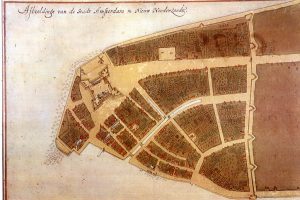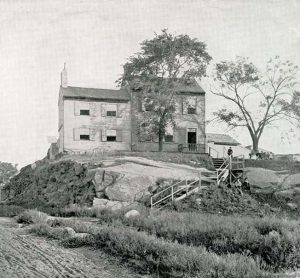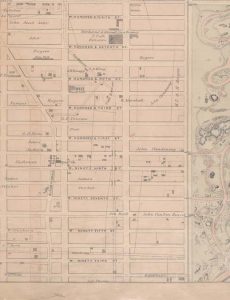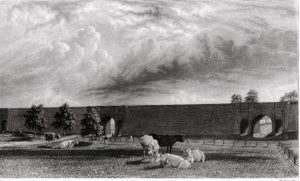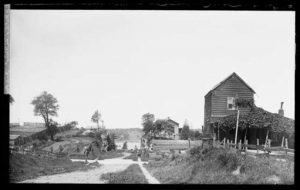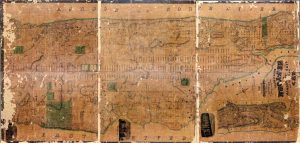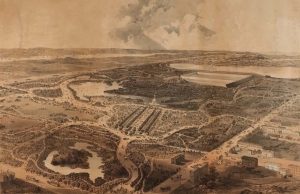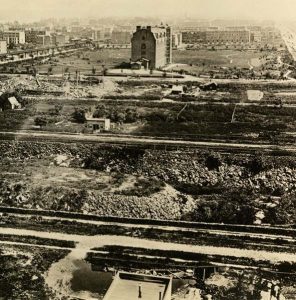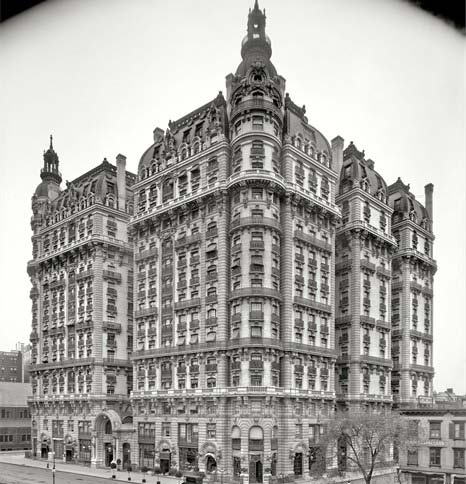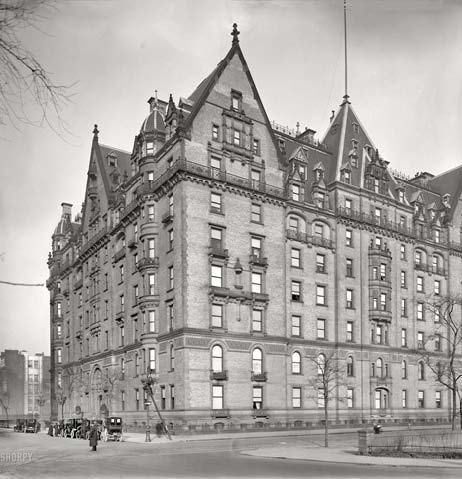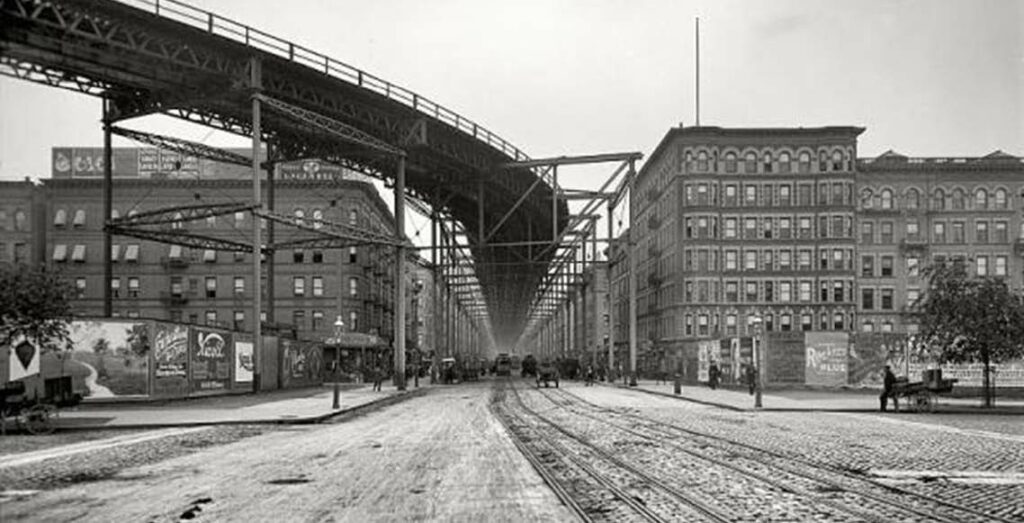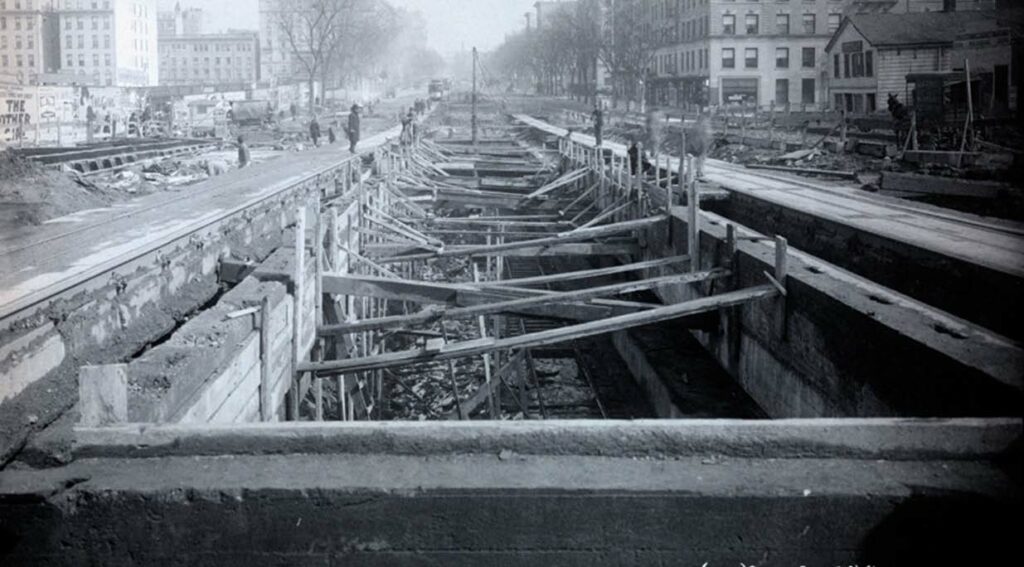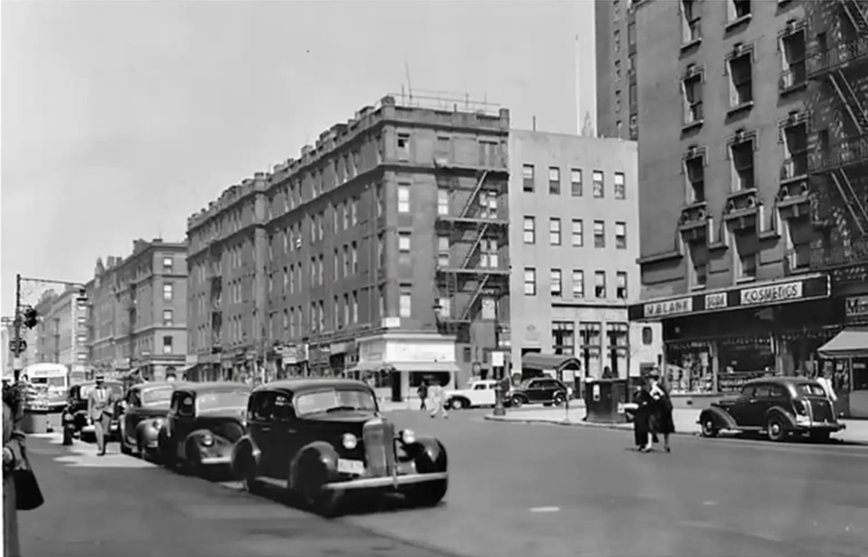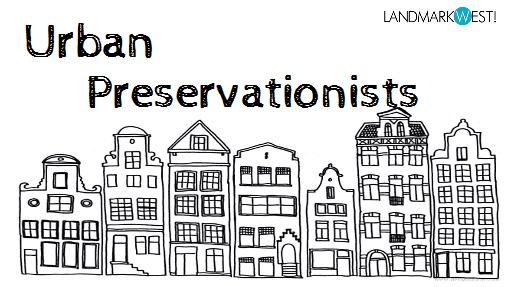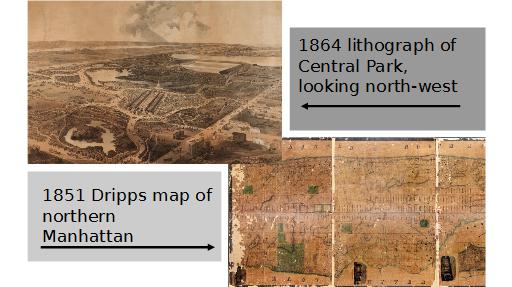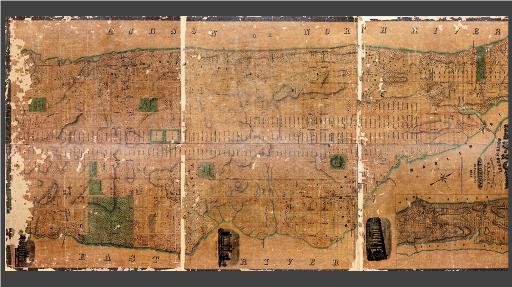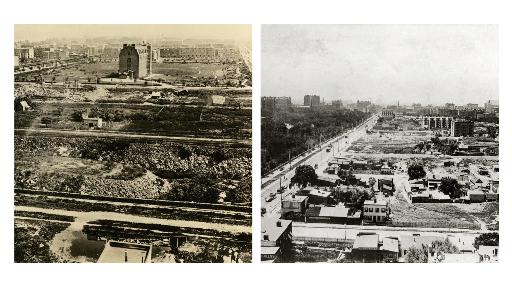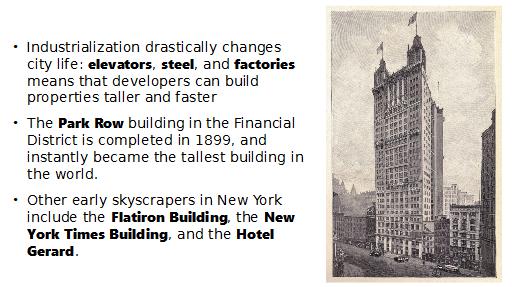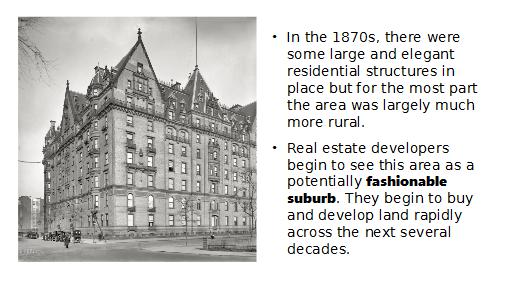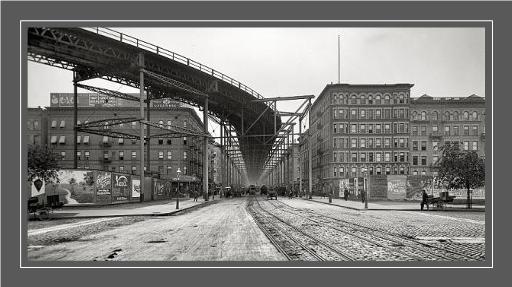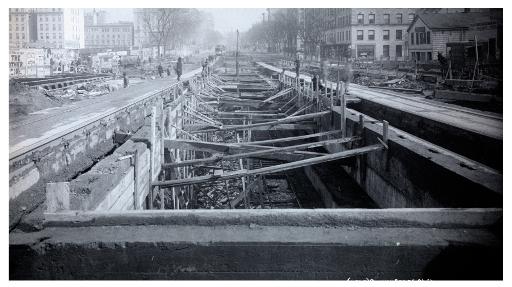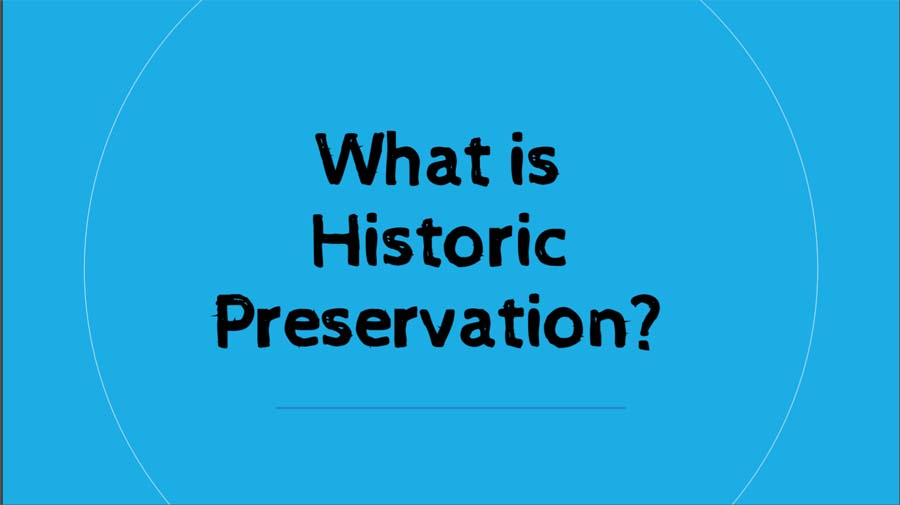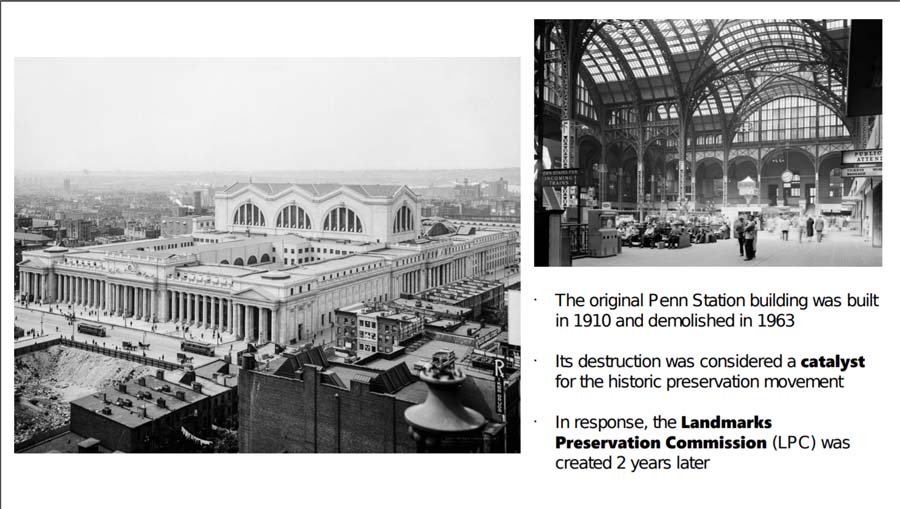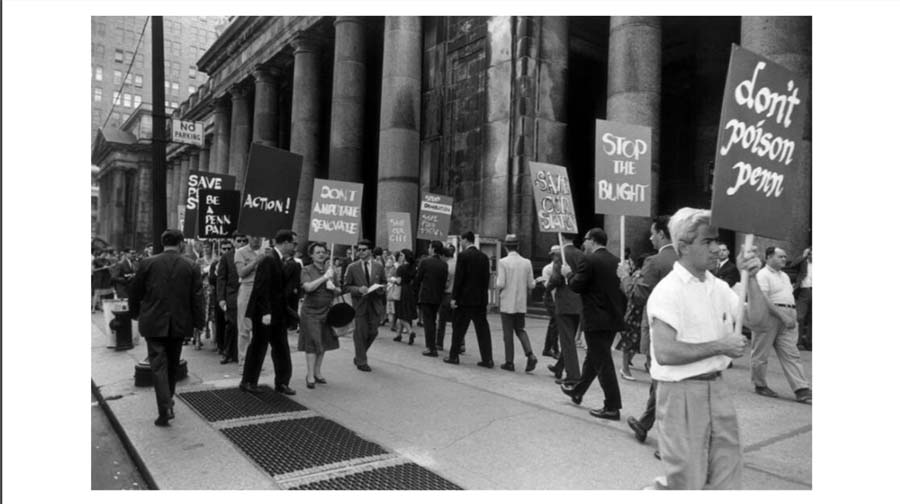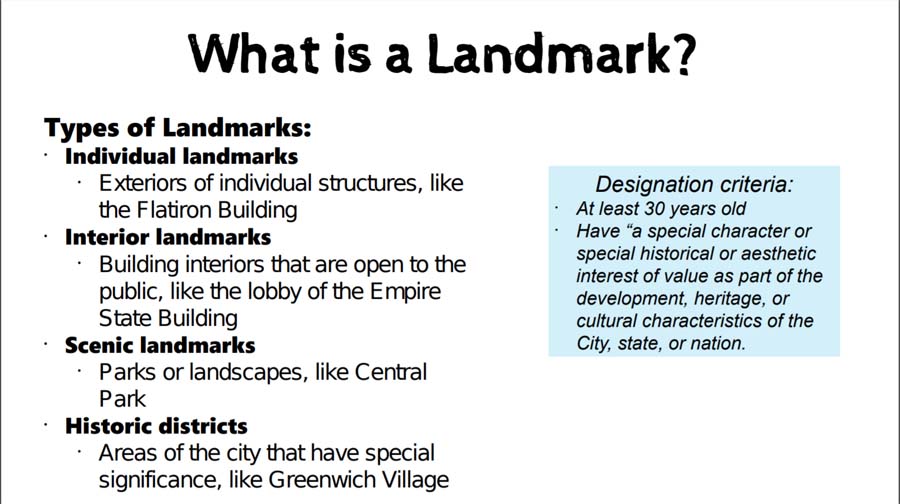Keeping the Past for the Future
Urban PreservationistsUsing the Upper West Side as our case study, this program explores the development of NYC and the UWS through World War II, specifically considering push-pull factors like gentrification, urban renewal, and more. What evidence of this do we find today?
Using our neighborhood, let’s explore the ideas behind historic preservation and the impacts it has on our neighborhood and communities today, including how we, as citizens, can shape our environment.
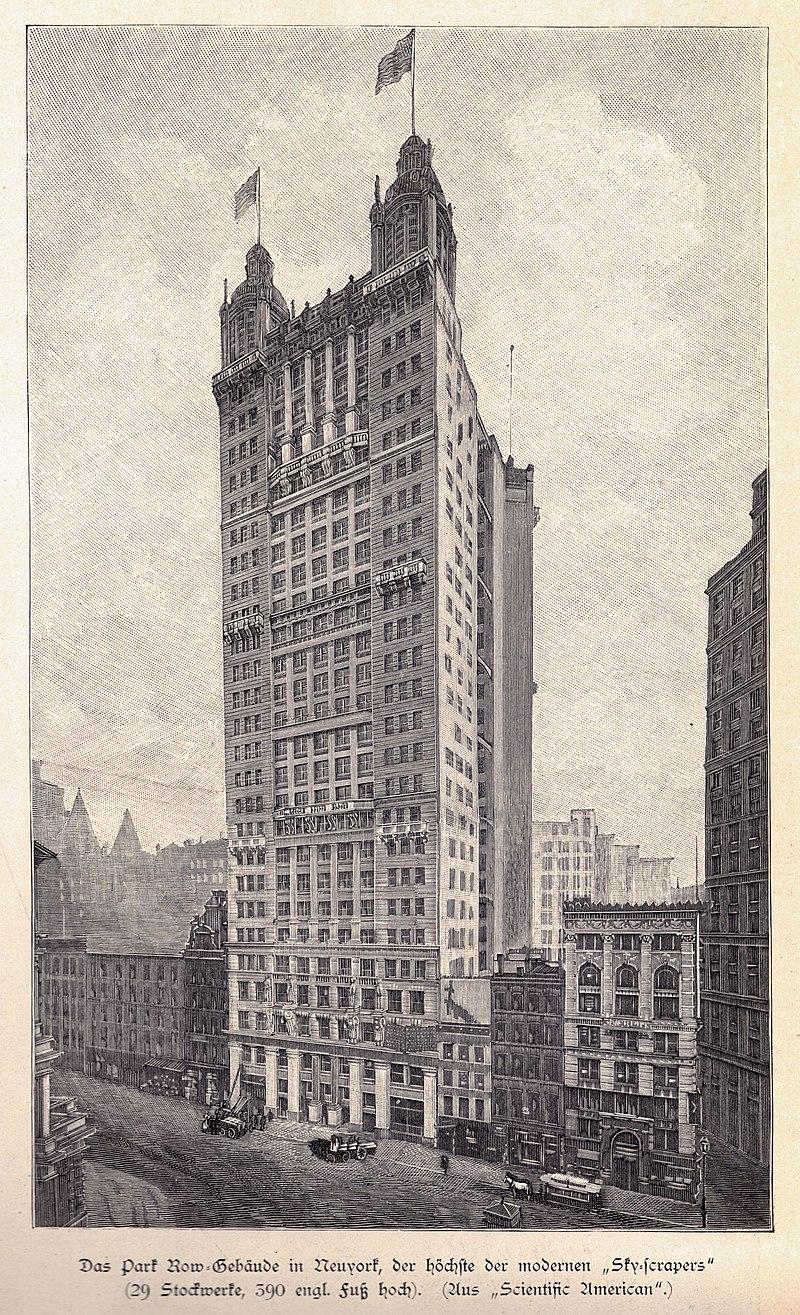
Session One Slides
How did the Upper West Side, and the whole of New York City, come to be? Let’s trace the history of the city from before European colonization through World War II, and zoom in on how our neighborhood specifically grew to become a part of New York.
Historic photos and maps are excellent primary sources that can put this history into context for us.
Session Two Slides
What exactly is historic preservation?
After World War II, development changed in the city. Urban renewal claimed many communities in its push to modernize the city, such as the San Juan Hill neighborhood raized in favor of Lincoln Center.
How do cities preserve and remember their histories? Let’s review the types of landmarks we have today, and think about the impacts they have in modern times.
Resources – Urban Preservationists
Architecture

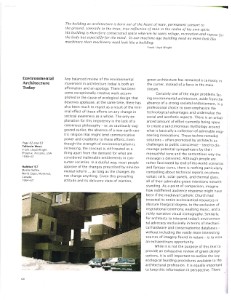
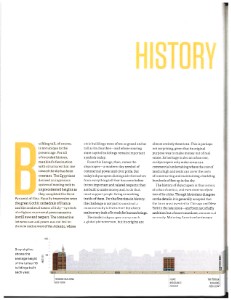
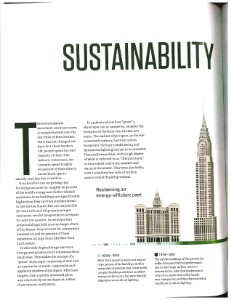
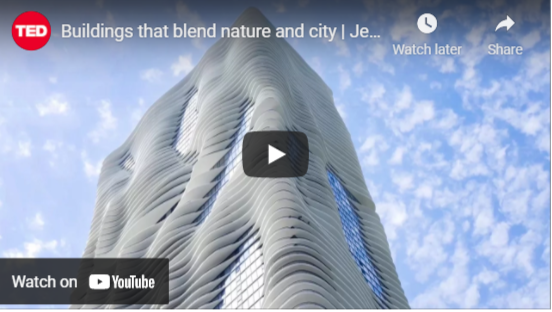

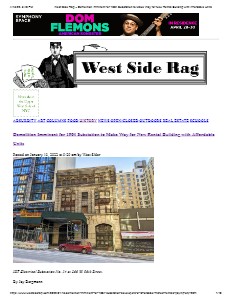
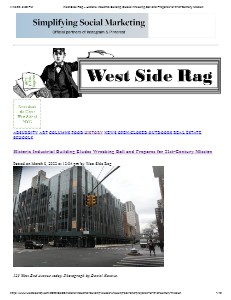
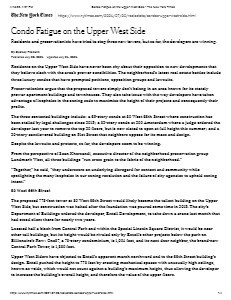

Basics of Historic Preservation
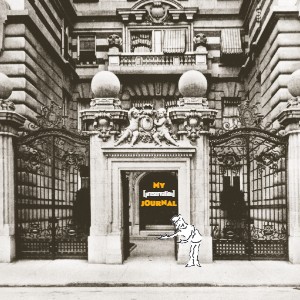
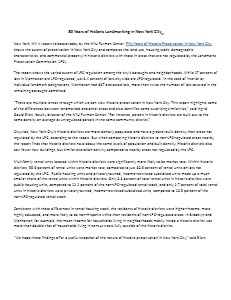
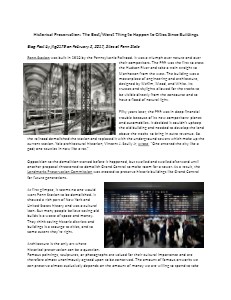
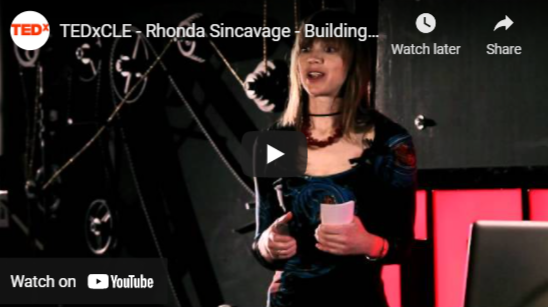
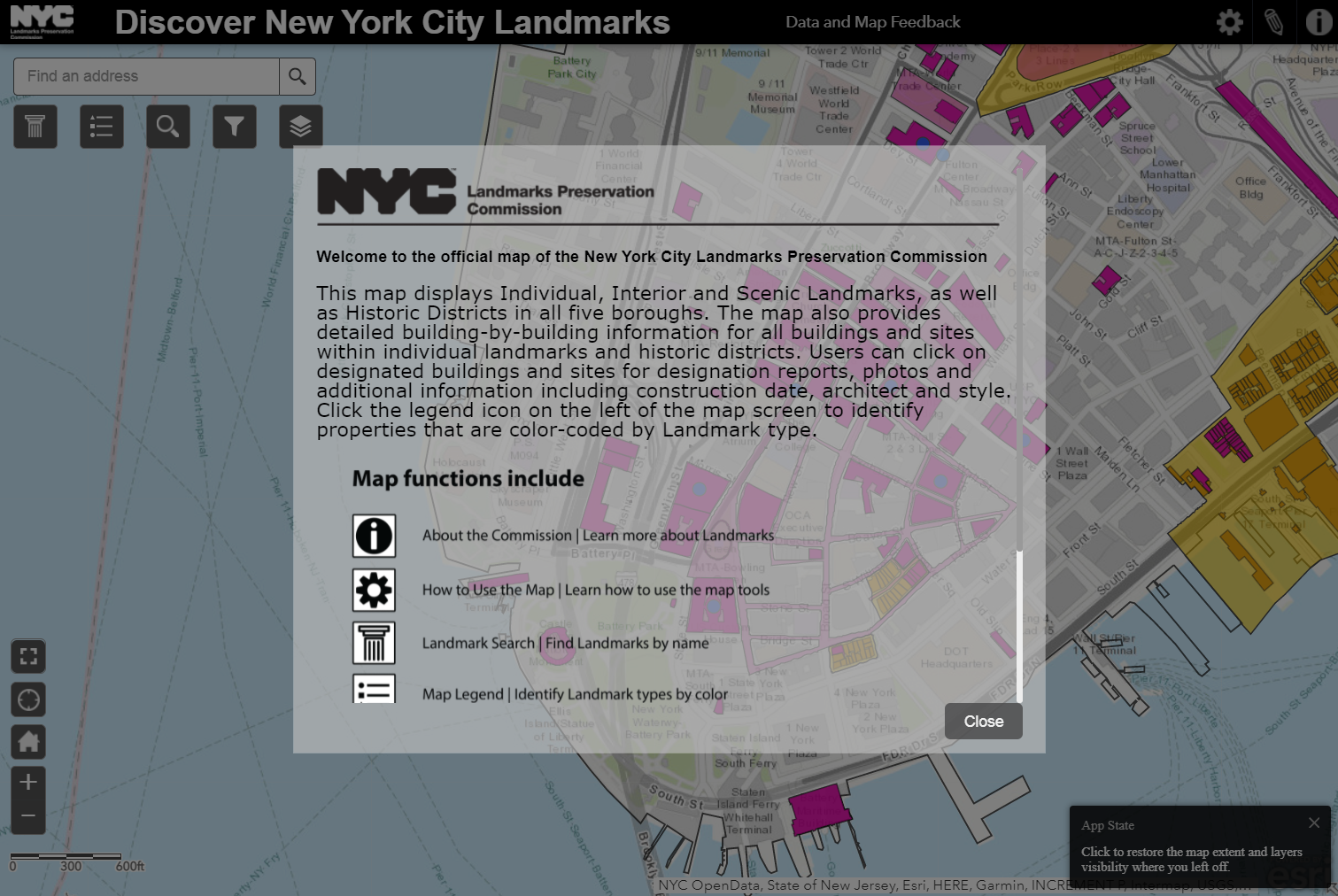

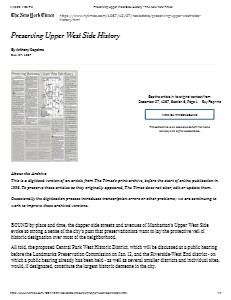





Economics
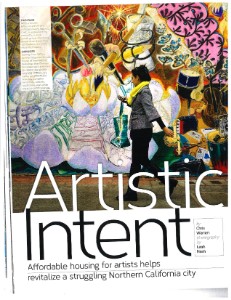
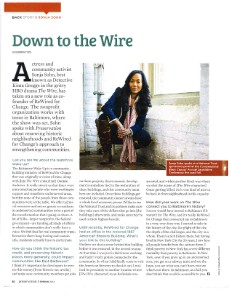
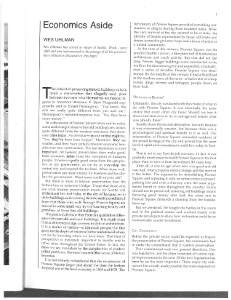


Gentrification, Urban Renewal, and Housing


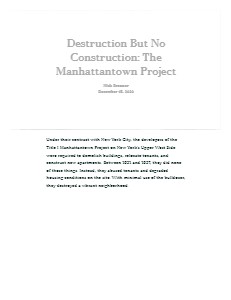
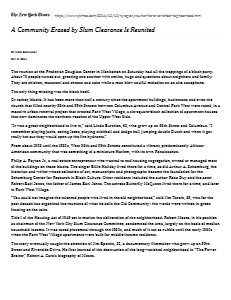
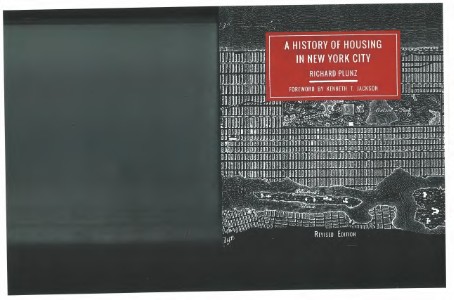



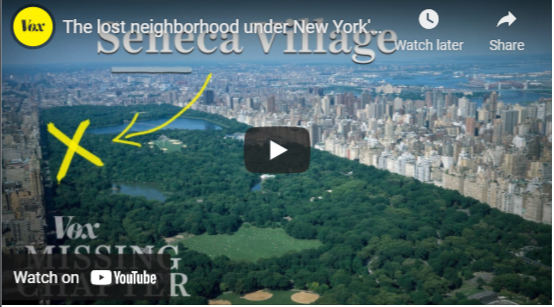
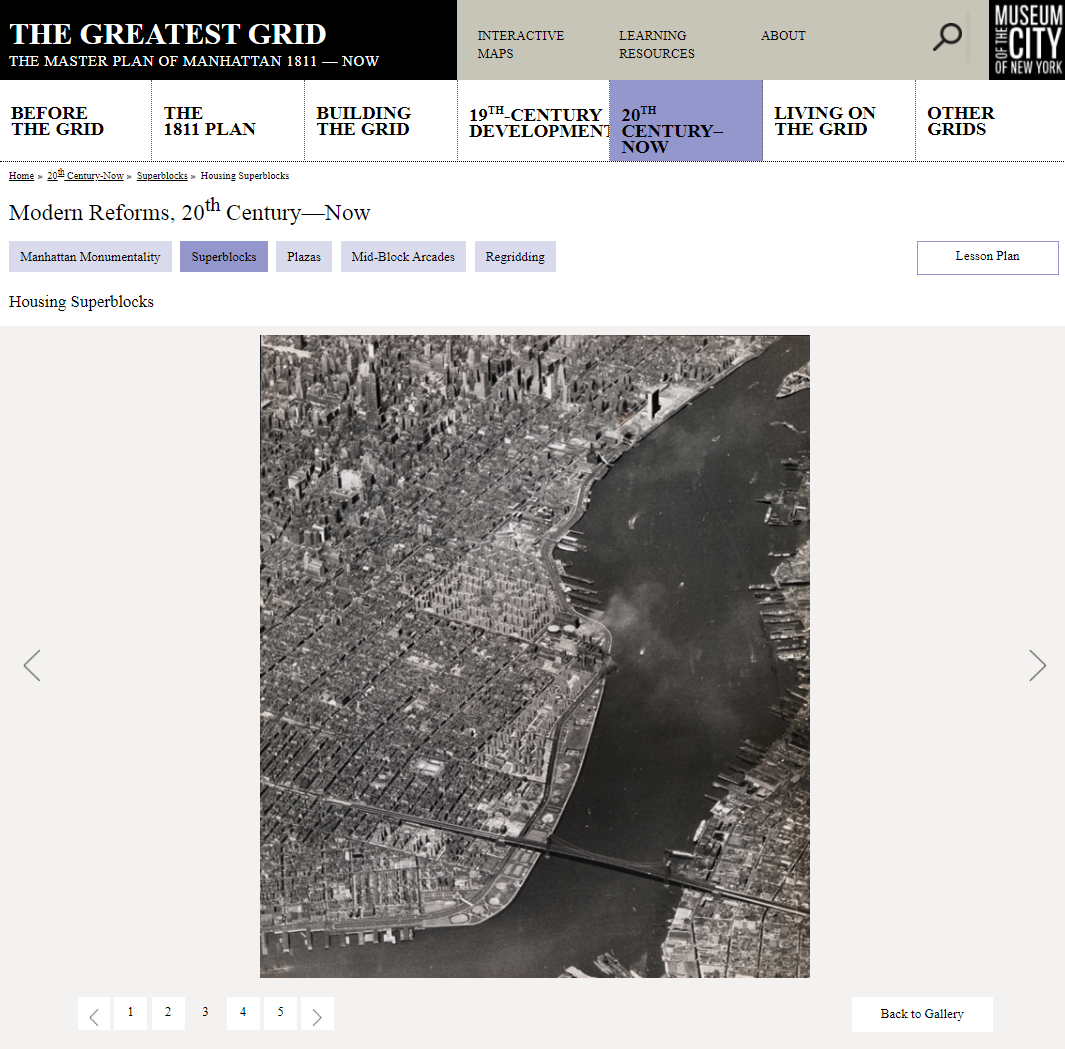
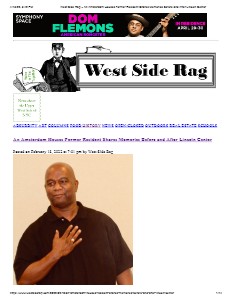

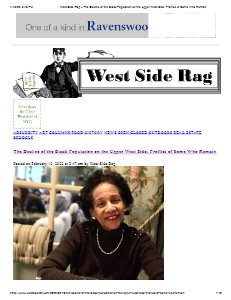

Heritage


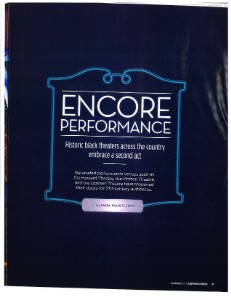
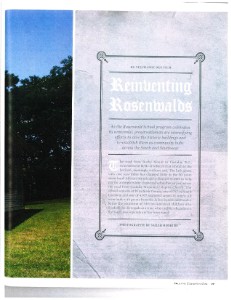


Local History
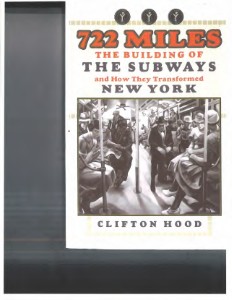
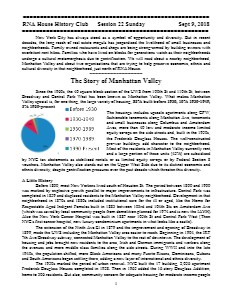
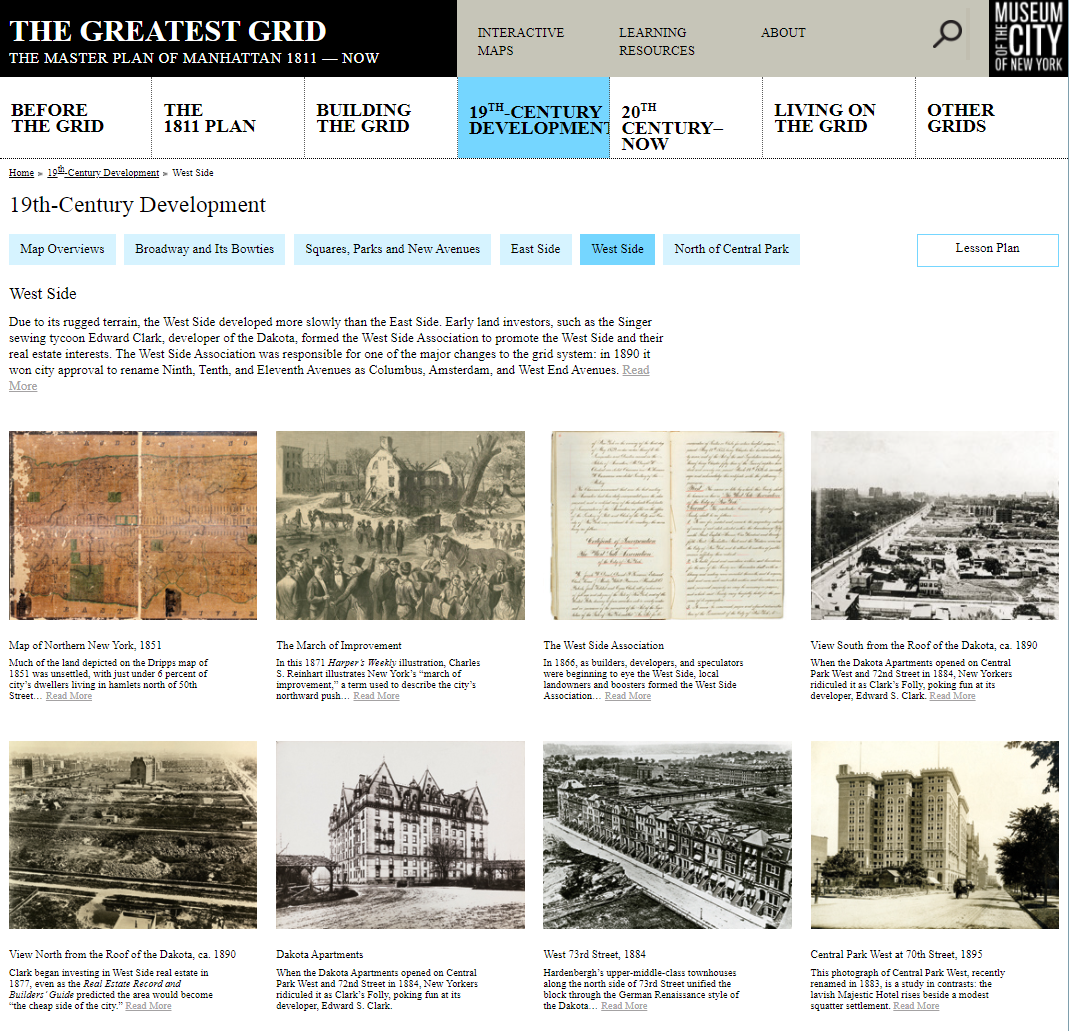





Sustainability

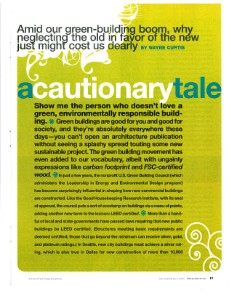

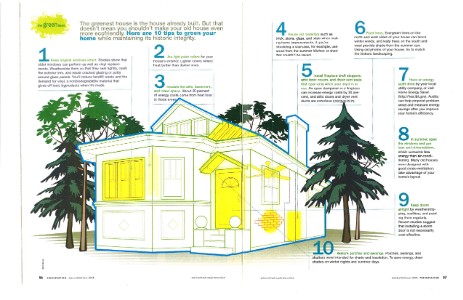


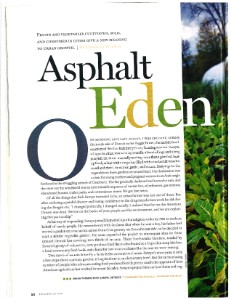


Acknowledgements
KPF is made possible by the contributions of Council Members Helen Rosenthal and Mark Levine, as well as the New York State Council of the Arts (NYSCA) and the Department of Cultural Affairs (DCLA). With their support, Landmark West’s KPF program offers a suite of seven 3-part courses aligned with the NYC Core Curriculum in Upper West Side public schools for free every year.

